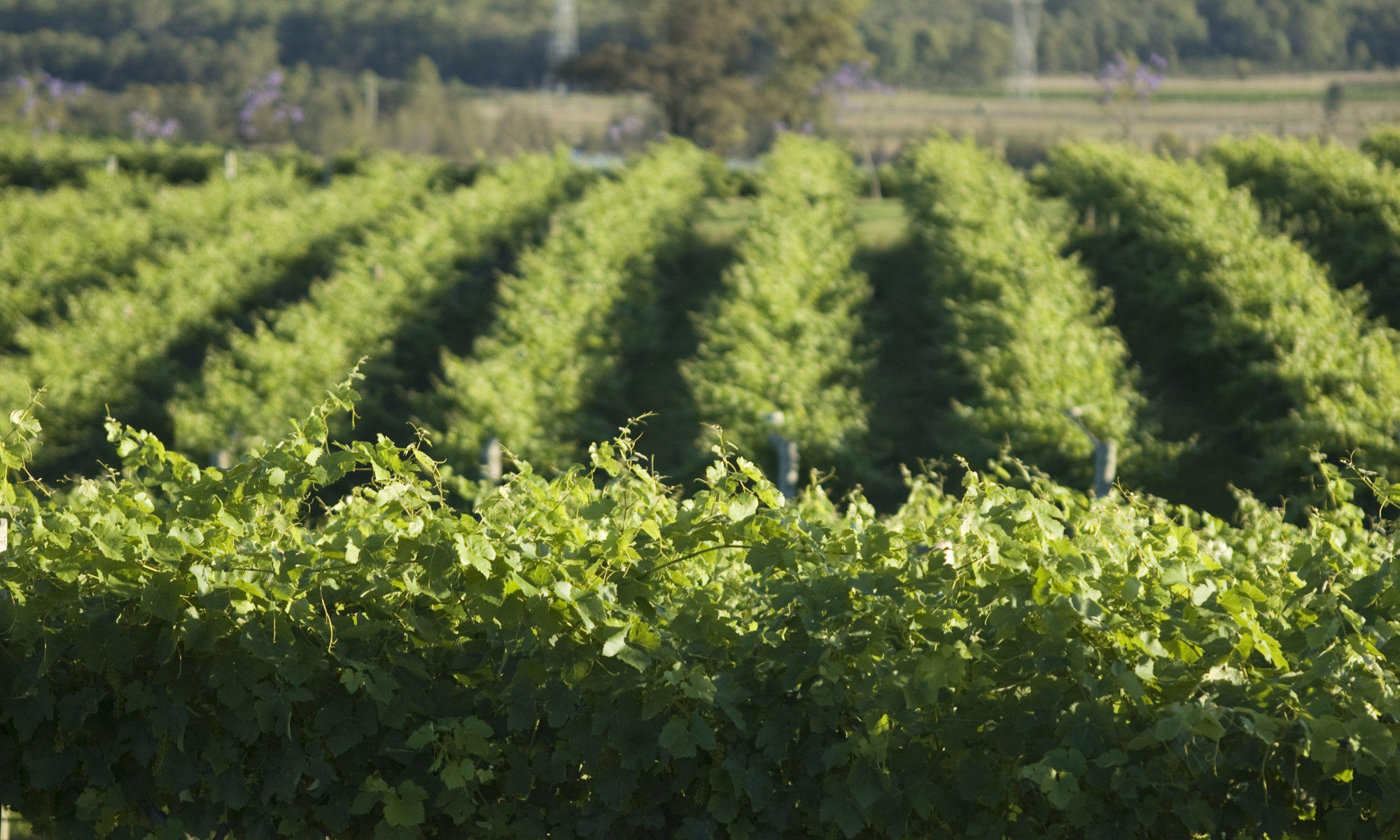')};
},
});
jQuery('.full_checkout_date_443').datepicker({
firstDay: 1,
numberOfMonths: 2,
dayNamesShort: ['Sun', 'Mon', 'Tue', 'Wed', 'Thu', 'Fri', 'Sat'],
dayNamesMin: ['Su','Mo','Tu','We','Th','Fr','Sa'],
monthNamesShort: ['Jan', 'Feb', 'Mar', 'Apr', 'May', 'Jun','Jul', 'Aug', 'Sep', 'Oct', 'Nov', 'Dec'],
monthNames: ['January','February','March','April','May','June','July','August','September','October','November','December']
,
showOn: 'both',
buttonImageOnly: true,
buttonImage: "https://www.vinestays.com/wp-content/plugins/bookingcom-affiliate-plugin/includes/images/picto_clear_66.png",
minDate : '1',
dateFormat: 'D, dd M. yy',
altFormat: 'yy-mm',
altField: ".checkout_year_month_443",
onClose: function (dateText, picker) {
// getDate returns a js Date object
var dateObject = jQuery(this).datepicker("getDate");
console.dir(dateObject);
jQuery( ".full_checkin_date_443" ).datepicker( "option", "maxDate", dateObject );
// Call Date object methods
jQuery("#checkout_monthday input").val(dateObject.getDate());
},
});
});

DISCOVER YOUR PLACE TO STAY IN THE VINEYARDS
